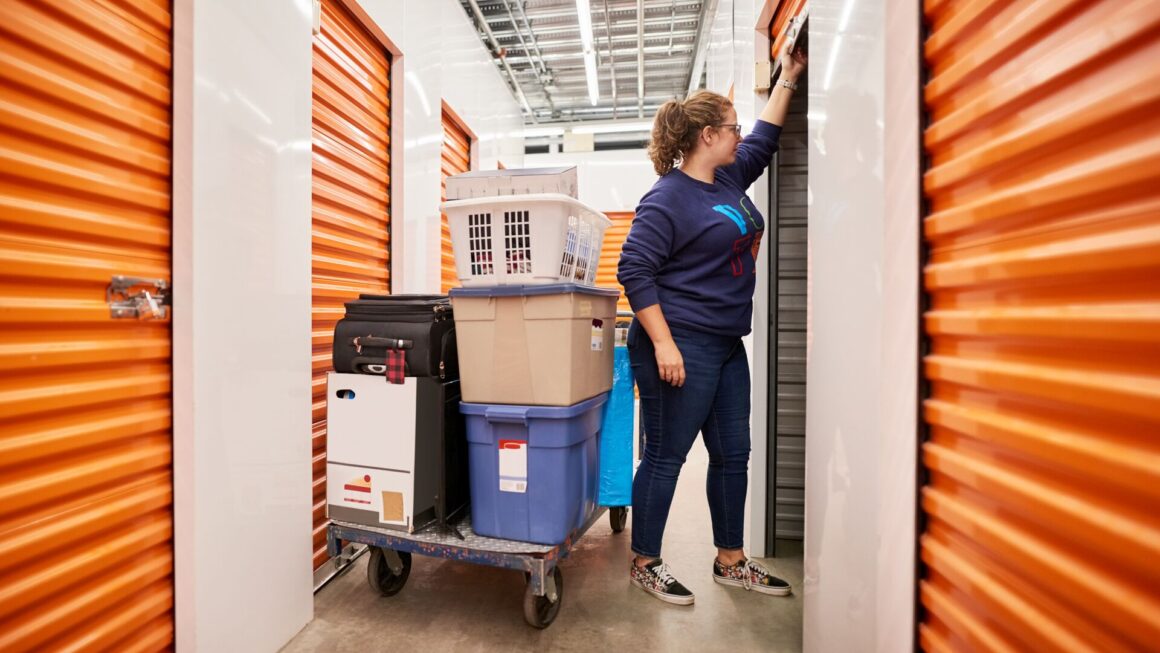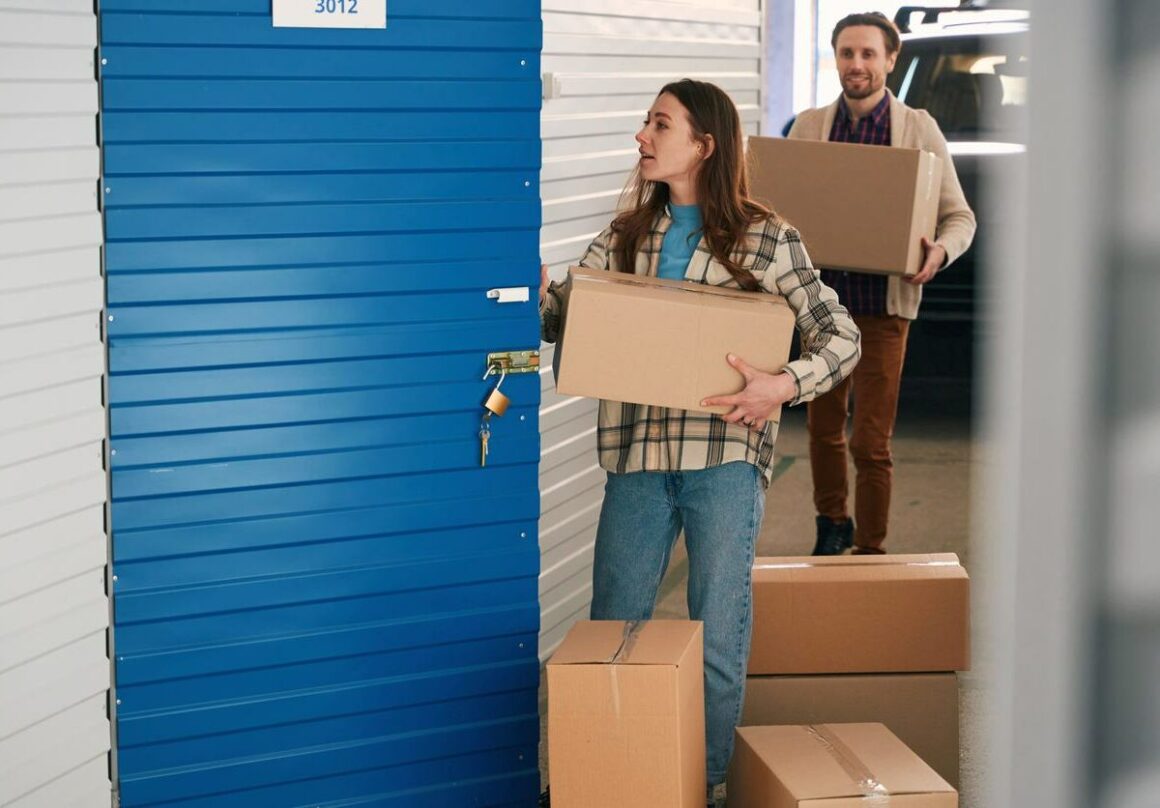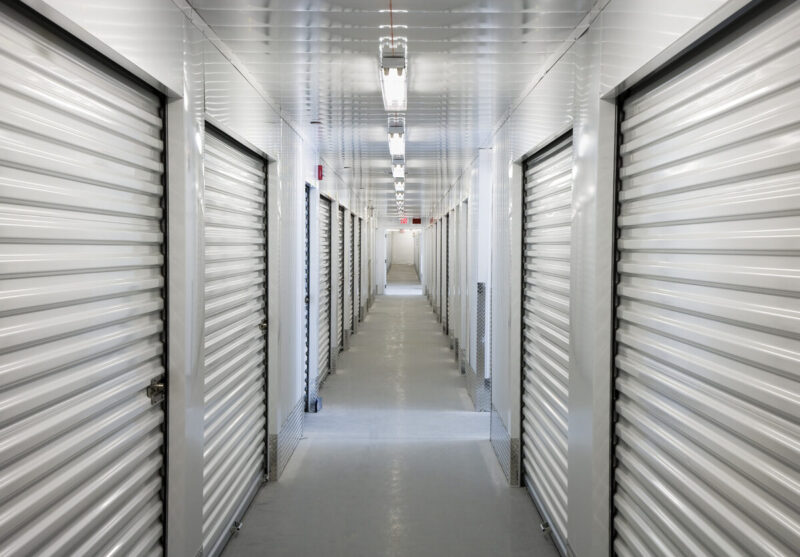Maybe you’re in between houses, decluttering for a fresh start, or that “one-day” project has morphed into a permanent resident in your living room. Whatever your reason, self-storage units can be a lifesaver.
But before you toss your things in a cardboard box and call it a day, consider a few crucial things.
Here are the most common mistakes when renting a self-storage unit in the UK.
Not Assessing the Right Size
It’s easy to either overestimate or underestimate the amount of storage space you need. Too small, you’ll be cramming your items like sardines in a can. Too big, and you’re paying for a valuable space you don’t need.
Top tips ─ Be honest with yourself (and maybe a tape measure) about how much you actually need to store. Take inventory of what you plan to store and ask the storage facility for a size guide.
Many places have online calculators or helpful staff who can advise you. Plus, think about the future. Are you storing seasonal stuff you only need half the year? Maybe a slightly bigger unit is the way to go for easy access and peace of mind.
Ignoring Location Convenience
You might find a cheaper self-storage facility far out of town. But if you need to access your stuff regularly, the savings can quickly be eaten up by travel costs and time.
Top tip ─ Think about how often you’ll need to visit your storage unit. If it’s frequent, a closer, slightly more expensive option might be more economical in the long run.

Skipping the Security Check
Security is crucial, yet often overlooked. You’re storing valuable items; the last thing you want is to worry about them being stolen or damaged. Not all storage facilities have the same level of security features.
Top tips ─ Do your research! Ask about the facility’s security measures like CCTV, alarms, gated entry, and even on-site security personnel.
Don’t be afraid to ask for a tour and see it for yourself. A healthy dose of concern is a good thing when it comes to your stuff.
Overlooking Climate Control
Climate control might seem unnecessary, but it’s vital for certain items. If you’re storing anything sensitive to temperature or humidity changes—like electronics, wooden furniture, or important documents—you need a climate-controlled unit.
Top tips ─ Ask about climate-controlled options, especially if you’re storing valuable or sensitive items. It can prevent damage from moisture, mold, and extreme temperatures.
Not Reading the Fine Print
Contracts can be boring, but not reading the fine print is a mistake. There might be hidden fees, strict access hours, or specific conditions about what you can store.
Top tips ─ Take the time to read the self storage contract thoroughly. Pay attention to the terms of payment, access hours, and any additional fees. If something isn’t clear, ask questions.

Failing to Insure Your Belongings
Assuming that the storage facility’s insurance covers your items is one of the mistakes to avoid. In many cases, their insurance covers the building but not your personal belongings.
Top tip ─ Check the self-storage insurance policy and consider getting additional coverage if necessary. Your home insurance might already cover stored items, so it’s worth checking that, too.
Underestimating Accessibility Needs
Accessibility is about more than just location. It’s also about how easily you can get to your items once they’re in the unit. Some units might be on the upper floors or require a long walk from the car park.
Top tip ─ Consider the layout of the facility. If you’re storing heavy or bulky items, look for units on the ground floor or ones that are easily accessible by lift.
Poor Packing Practices
How you pack your items can make a difference in how well they survive storage. Poor packing can lead to damage, and disorganized packing can make it hard to find items when you need them.
Top tips ─ Use sturdy boxes, label everything clearly, and don’t overpack boxes. You need to store items you might need to access often near the front of the unit. Also, think vertically—stack boxes to maximize space, but keep heavier items on the bottom.

Forgetting to Plan for Long-Term Storage
If you’re planning to store items long-term, you need to think about more than just the monthly cost. Items might need maintenance, and you should plan for any potential changes in storage fees.
Top tips ─ Consider the long-term implications. Check if the facility raises rates periodically and factor in any potential future costs. Also, visit your unit periodically to check on your items.
Overlooking Cleanliness and Pest Control
A clean storage facility is a must. Pests can ruin your belongings, and dust and dirt can cause damage over time.
Top tips ─ Visit the facility before renting to check on cleanliness. Ask about their pest control measures and how often they clean the units and common areas.
Wrapping Up
Renting self storage units in UK can be incredibly convenient. But it’s easy to make mistakes that could cost you time, money, and stress. Remember, do your homework, ask questions, and think ahead.


